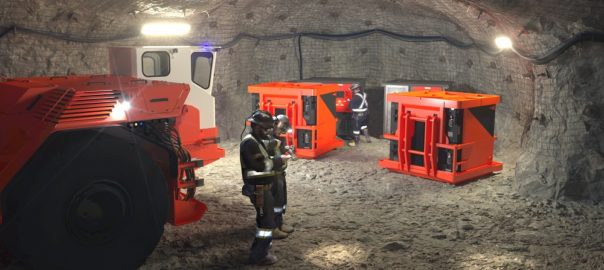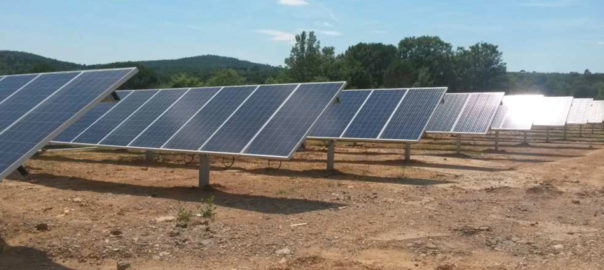Barrick Gold, despite numerous COVID-19-related hurdles, made progress on the innovation front in the March quarter, with a haul truck automation trial and battery-electric underground equipment developments continuing to take place.
In its 2019 annual report, Barrick said the first stage of a project designed to retrofit an autonomous system at its Carlin gold mine, in Nevada, had been successfully completed.
In the March quarter results presentation last week, Mark Bristow, Barrick President and CEO, updated investors on this project, saying a proof of concept allowing manned and unmanned operations in the same zone had been completed at one of its mines. On top of this, the company said it was working on autonomous drilling projects.
It is underground where the biggest revelation came, with Barrick confirming trials of a 50 t battery-electric haul truck it mentioned in its 2019 annual report had commenced at its Turquoise Ridge gold operation, in Nevada. This trial involved an Artisan Z50 (graphic, pictured), the largest battery-powered underground haul truck currently on the market.
A Barrick spokesperson said the trial of the 50 t payload truck was expected to be finalised in the June quarter of this year, “with the option to extend, should the KPIs not be met”.
Barrick previously reported the introduction of a battery-powered development drill at its Hemlo underground gold mine, in Ontario, Canada, “as a first step towards establishing the potential of this new technology” in 2019. Having carried out a trial of this Sandvik DD422iE battery-powered development drill, the Barrick spokesperson confirmed the company has now acquired the unit.
Designed to use electric energy from an onboard battery during tramming and plug into a mine’s existing energy infrastructure while drilling, the Sandvik DD422iE has been used at Newmont’s Borden mine, in Ontario, among other places.
Bristow said on the call that the company believes battery-powered electric underground equipment “has the potential to lower operating costs and increase efficiencies”.
In addition to these automation and battery-electric vehicle developments, Barrick said in the results that a new global SAP Enterprise Resource Planning system was on track for its first implementation at the Nevada Gold Mines JV operations in the September quarter. This is a “more agile, less overly-customised tool, focused on getting the right information”, according to Barrick.
“This more streamlined and standardised global design will further improve our ability to report real-time cost and efficiency data and, more importantly, manage our real-time information,” Bristow said on the call.
The NGM JV implementation could lay the groundwork for a solution to be rolled out to other regions in 2021, according to Barrick.
Barrick’s underground digital innovation plan has seen the company recently adopt technologies that allow it to remotely monitor, in real time, a machine’s location, productivity and health, as well as that of operators’, Bristow said. This tool could increase its efficiencies and predictive maintenance capabilities, he added.
Barrick’s team at Loulo Underground, meanwhile, has helped develop a system that automatically turns secondary fans on and off using personal RFID tracking systems, Bristow noted on the call. This could help reduce power consumption at the mine, in Mali, and the project is now being implemented across its Africa underground mines, he said.








